Tourists visit the World Cultural Heritage Ho Dynasty Citadel.
In recent years, the implementation of national target programs and provincial target programs on conservation, restoration and prevention of degradation of relics has been carried out effectively, especially key projects of the province such as: Lam Kinh historical relic site, Ba Trieu temple, Phu Dien communal house, Dong Co temple, Sung Nghiem Dien Thanh pagoda, Trung communal house, Vet communal house, Tran Khat Chan temple, Ly Thuong Kiet temple... Many relics have been invested in restoration and embellishment and are gradually becoming unique cultural destinations, serving the cultural life of local people and attracting tourists . Thanks to that, the experience of tourists when coming to Thanh land gradually becomes a highlight due to its cultural depth, understanding of historical values, identity and tradition.
VNPlus Travel Sales Director Nguyen Ha Phuong said that many tourist destinations in the "Echoes of Thanh Hoa" journey that the unit is exploiting have connected with tourist destinations inside and outside the province, attracting a large number of tourists, especially during festivals. Along with that is the introduction of diverse tours to experience the traditional craft village of Tu Tru sticky rice cake, brocade weaving, event tourism associated with the traditional Lam Kinh festival, the Le Hoan temple festival... Or simply folk dance and singing programs held at the Ho Dynasty Citadel Cultural Heritage - all have created attractive destinations, making tourists feel like they are living in a cultural space imbued with the cultural nuances of Thanh Hoa. On the local community side, they have begun to receive stable sources of income, creating more jobs, which is the motivation to preserve and promote traditional values.
However, representatives of some travel agencies said that some cultural heritage connection tour programs in the province have not really attracted tourists' attention. The orientation of experience brands, systematization of products, investment in promotion, regional connection, expansion to international visitors... are still limitations that need to be actively innovated in the coming time. Some relic sites are still "poor" in terms of services, have not attracted the attention of large travel agencies, and the human resources are still limited... That makes the exploitation not really effective, many programs have not touched the emotions of tourists.
Ms. Phan Thi Ha (Le Gia Trade and Tourism Joint Stock Company) said: “Exploiting the value of sustainable cultural heritage is not only about building attractive destinations, but also about doing responsible tourism, creating value for the community and promoting identity in the new development stage. Monuments, craft villages, traditional homestays... are cultural materials that need to be preserved and exploited effectively, associated with exploiting and promoting original values, and at the same time needing a professional promotion strategy. Along with that is investing in technology, improving the quality of tour guides, organizing events, attracting investment and communication... focusing on targeting the international tourist market”.
Returning to the original question of whether the integration of cultural heritage into tourism life has been truly effective, tourism experts affirm that there has been initial effectiveness, which is the revival of heritage, the presence of cultural heritage types in experiential tour products, especially the increasing participation of tourists. However, if effectiveness is understood as stability, sustainability, spreading value to the local community and preserving identity, then Thanh still has a lot of room to carry out that journey. Experts believe that more orientation is needed to turn potential into sustainable value, bringing tourists into each heritage story. At that time, effectiveness does not lie in numbers but in the emotional connection between people and heritage, making tourists voluntarily become "ambassadors" for each destination.
From thousand-year-old relics to simple folk lifestyles, Thanh has been gradually turning heritage into a solid foundation for tourism to expand. The road ahead still has much to do, from professionalizing services, expanding connections, to promoting brands, all of which require the synchronous participation of all levels, sectors, localities and the community. When the past is respected, the present is invested in and the future is clearly planned, the effective exploitation of cultural heritage in tourism development will soon become a sustainable reality.
Article and photos: Le Anh
Source: https://baothanhhoa.vn/khai-thac-gia-tri-di-san-van-hoa-de-phat-trien-du-lich-nbsp-da-thuc-su-hieu-qua-258254.htm


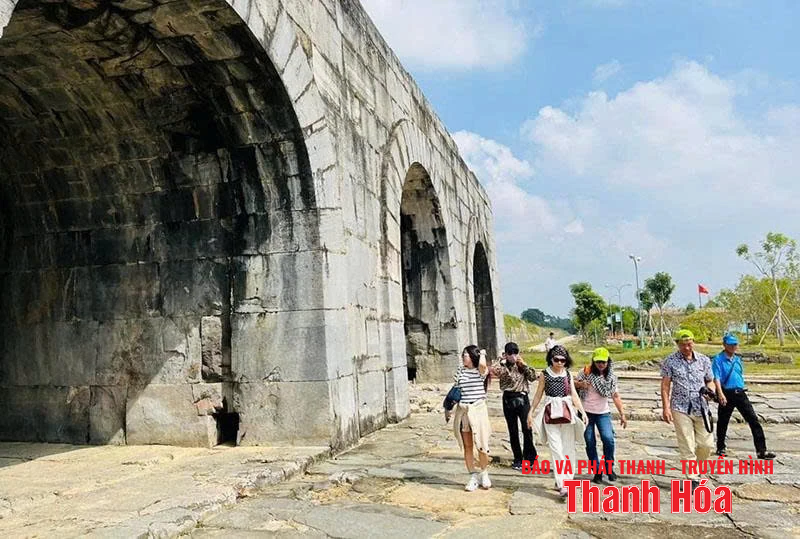

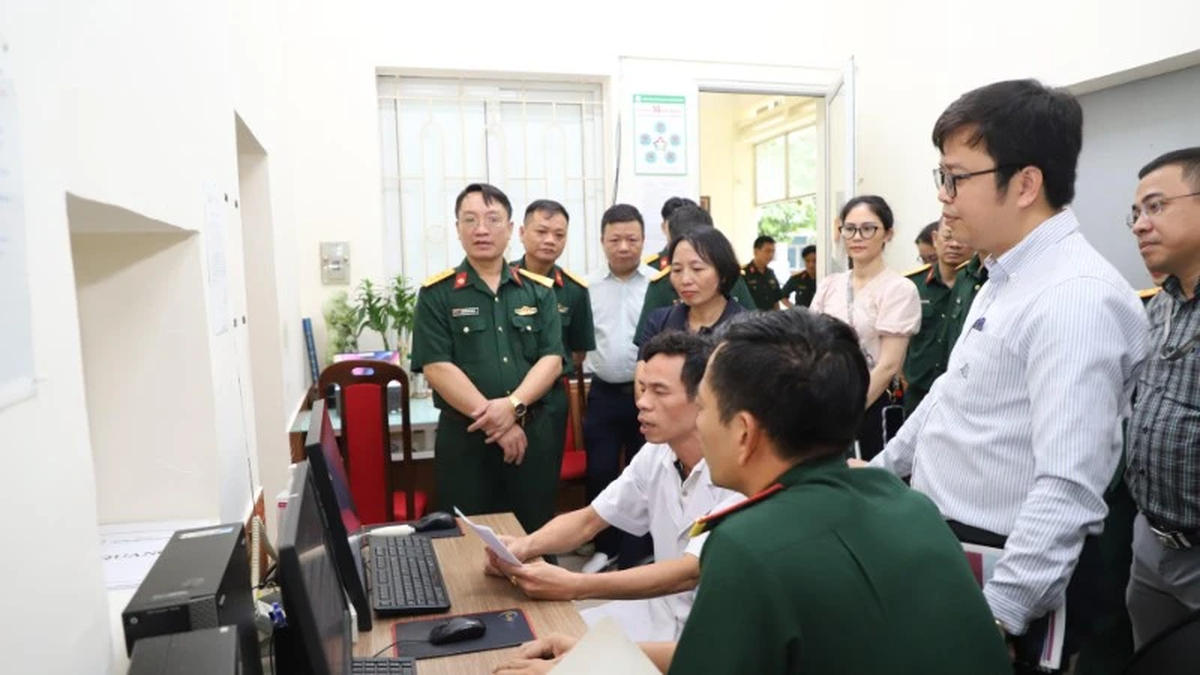
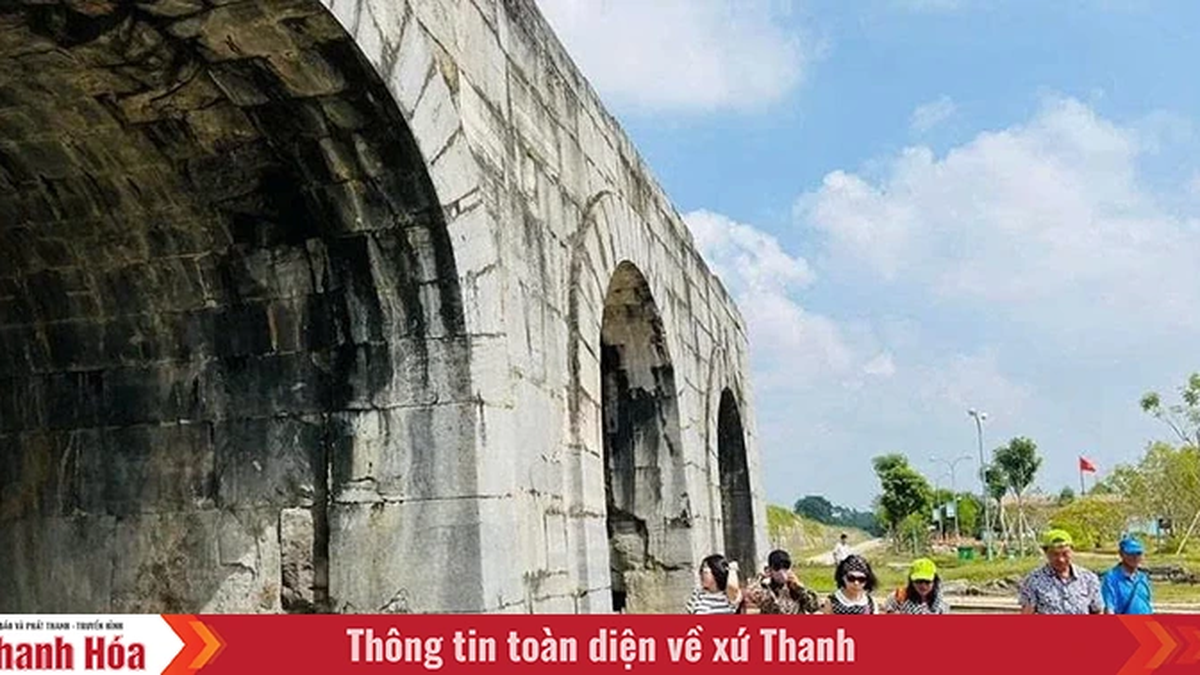



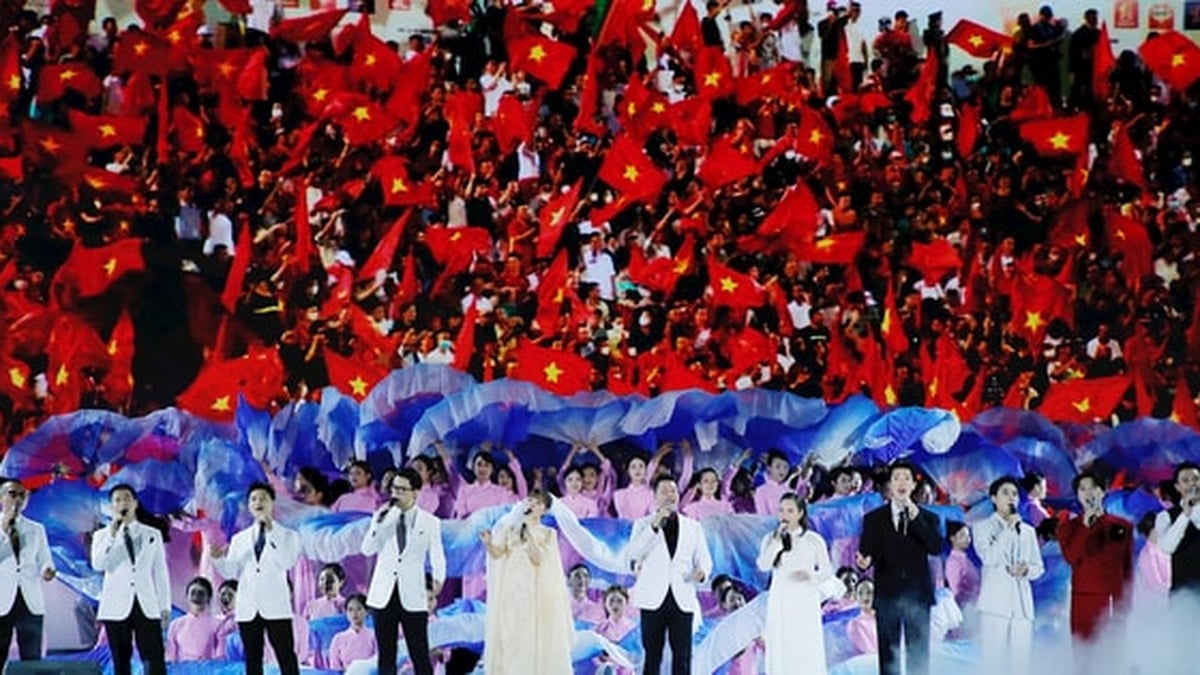













![[Photo] Binh Khanh Bridge Ho Chi Minh City is ready to reach the finish line](https://vphoto.vietnam.vn/thumb/1200x675/vietnam/resource/IMAGE/2025/8/14/b0dcfb8ba9374bd9bc29f26e6814cee2)
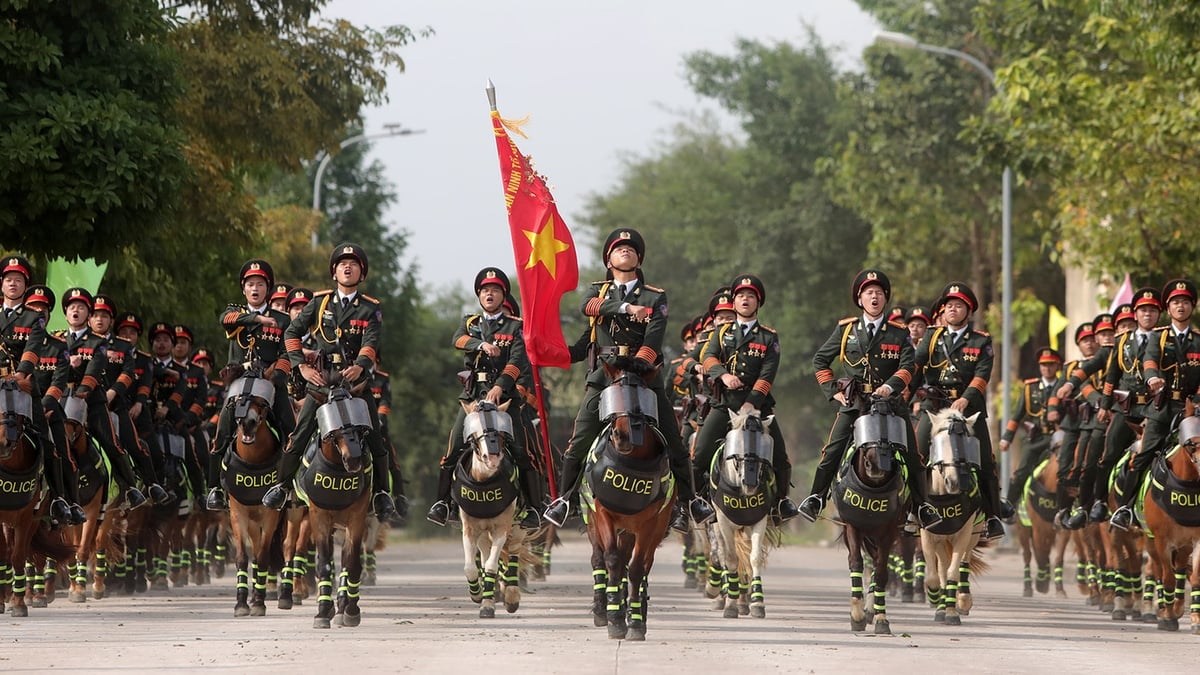
![[Photo] The special solidarity relationship between Vietnam and Cuba](https://vphoto.vietnam.vn/thumb/1200x675/vietnam/resource/IMAGE/2025/8/15/5f06c789ab1647c384ccb78b222ad18e)
![[Photo] Firmly marching under the military flag: Ready for the big festival](https://vphoto.vietnam.vn/thumb/1200x675/vietnam/resource/IMAGE/2025/8/15/86df2fb3199343e0b16b178d53f841ec)



![[Photo] Prime Minister Pham Minh Chinh talks on the phone with Cambodian Prime Minister Hun Manet](https://vphoto.vietnam.vn/thumb/1200x675/vietnam/resource/IMAGE/2025/8/15/72d3838db8154bafabdadc0a5165677f)

![[Photo] Prime Minister Pham Minh Chinh attends a special art program called "Hanoi - From the historic autumn of 1945"](https://vphoto.vietnam.vn/thumb/1200x675/vietnam/resource/IMAGE/2025/8/15/c1c42655275c40d1be461fee0fd132f3)


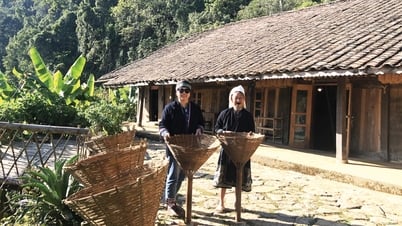




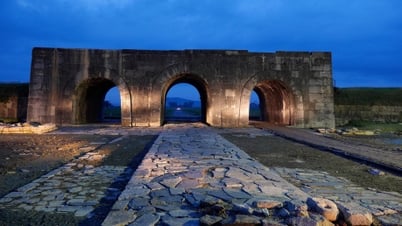







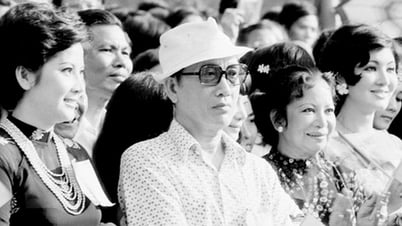











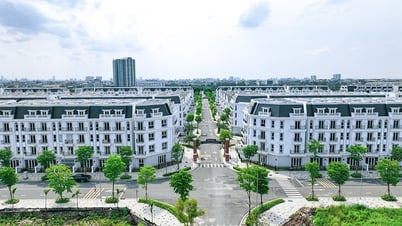




![[Photo] President Luong Cuong receives Finnish Ambassador to Vietnam Keijo Norvanto](https://vphoto.vietnam.vn/thumb/402x226/vietnam/resource/IMAGE/2025/8/15/9787f940853c45d39e9d26b6d6827710)







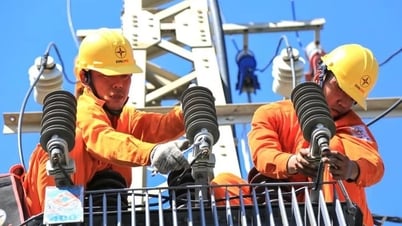

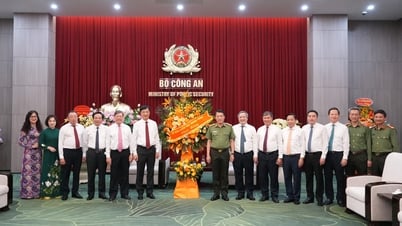


























Comment (0)